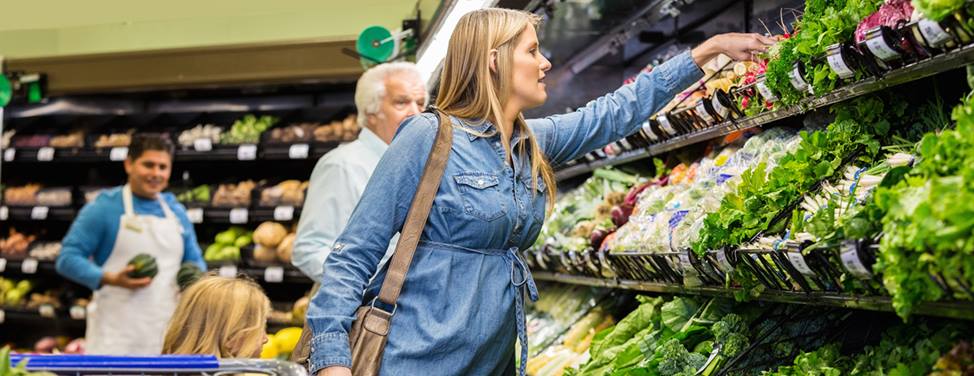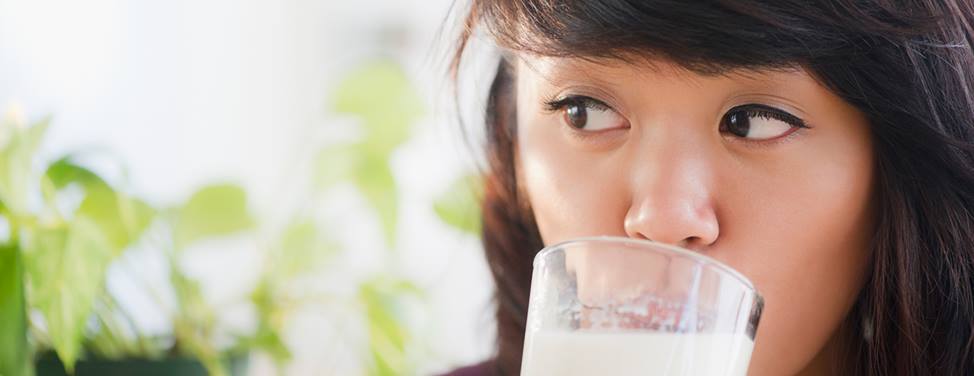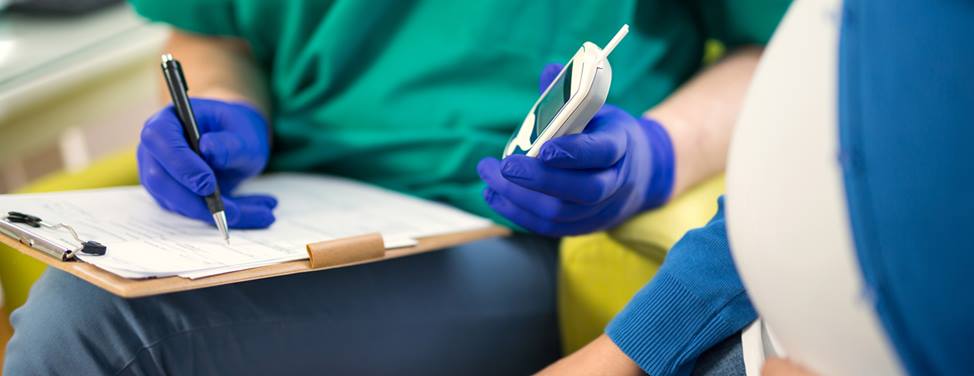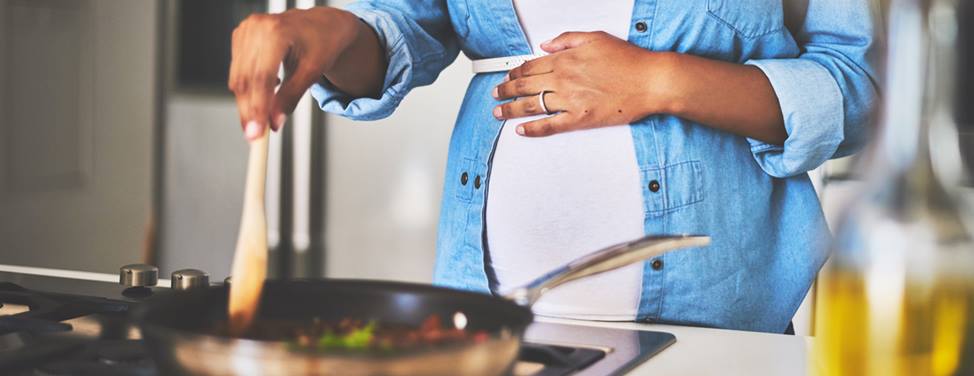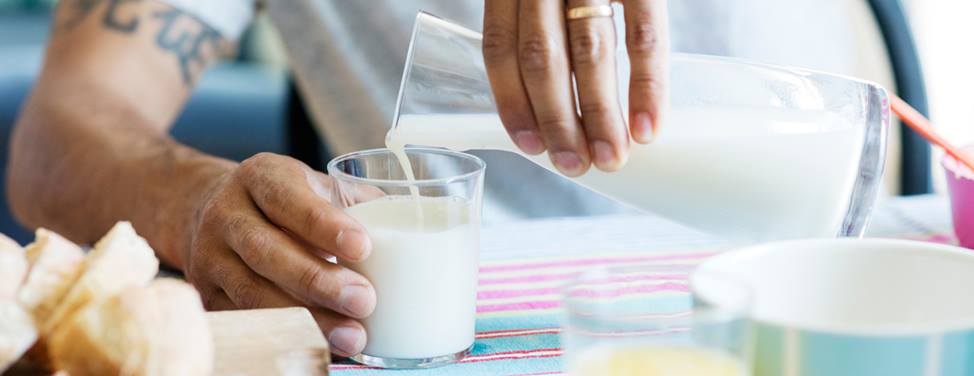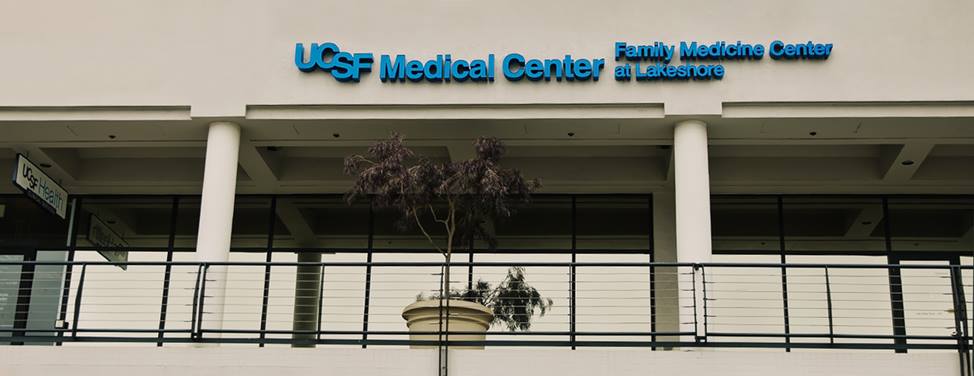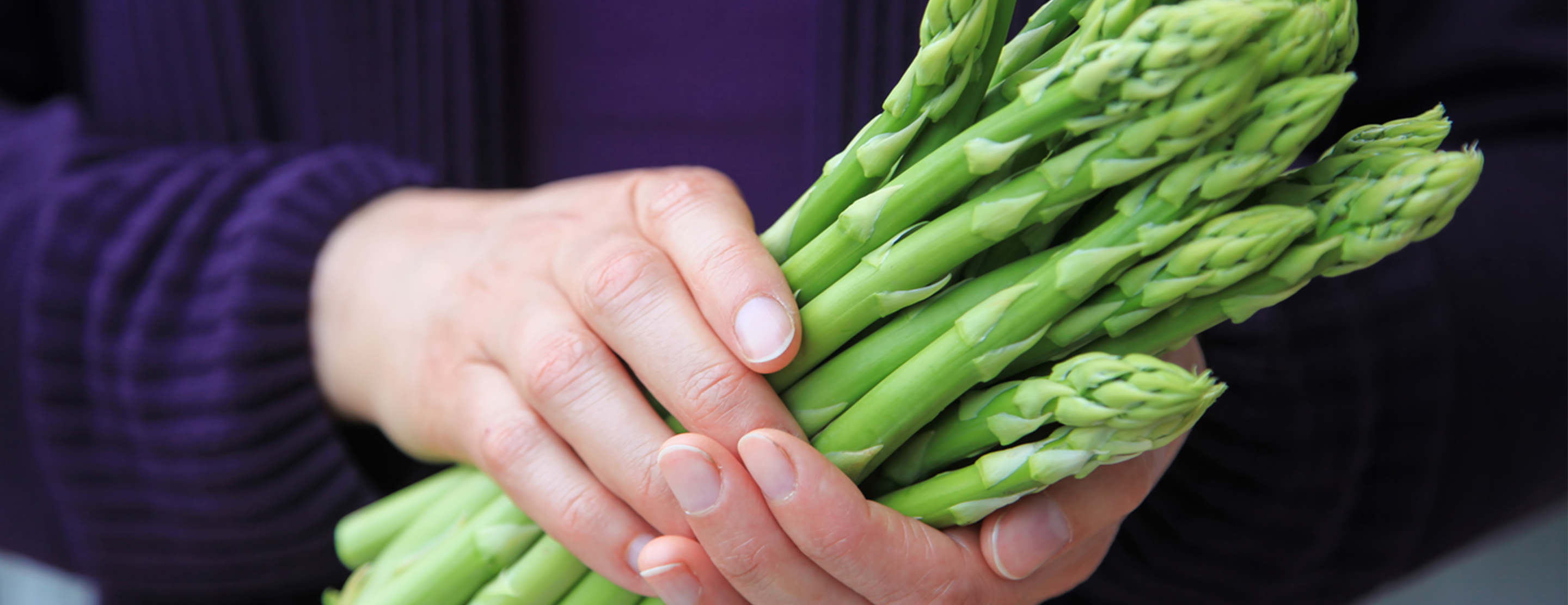
Folate
The dietary reference intake for folate, or folic acid, is 400 micrograms (mcg) per day. Many people fall short of this goal.
Anemia may result from folate deficiency. For women, folate needs increase during pregnancy, and there is concern that, later in life, the incidence of cervical cancer may increase with folate deficiency. Excessive alcohol consumption increases a person's risk for folate deficiency.
Food Sources Rich in Folate
Food | Serving Size | Amount of Folate |
Chicken Livers* | 1 cup | 1075 mcg (shimmered) |
Wheat Germ** | 1 cup | 300 mcg |
Legumes | 1 cup | 200–350 mcg |
Nuts and Seeds*** | 1 cup | 200–300 mcg |
Fortified Breakfast | 1 cup | up to 450 mcg |
Brewer's Yeast | 1 tbsp | 300 mcg |
Cooked Greens | 1 cup | 150–200 mcg |
Asparagus | 1 cup | 250 mcg |
Orange Juice | 1 cup | 100 mcg |
* Chicken livers are high in dietary cholesterol.
** Wheat germ is high in calories in large amounts.
*** Nuts and seeds are high in dietary fats and calories.
UCSF Health medical specialists have reviewed this information. It is for educational purposes only and is not intended to replace the advice of your doctor or other health care provider. We encourage you to discuss any questions or concerns you may have with your provider.






